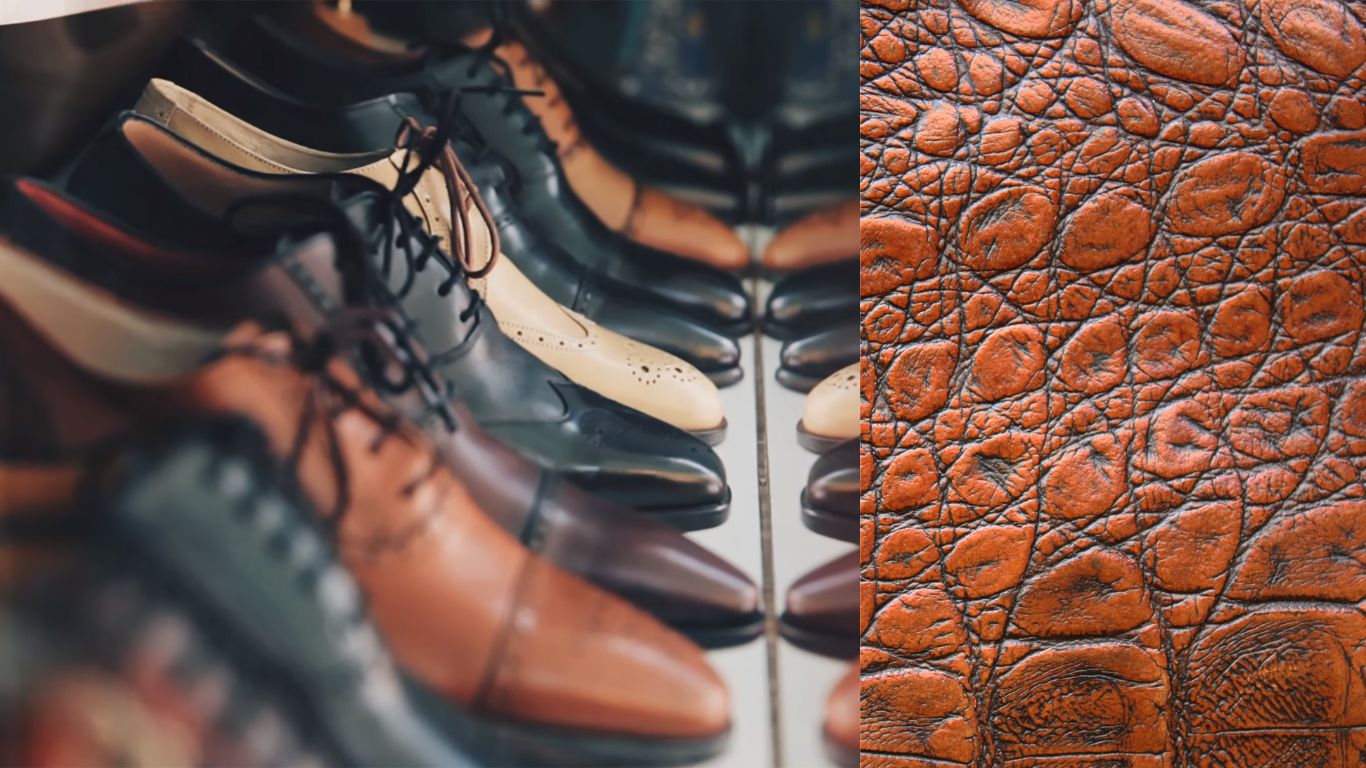
Lucknow, Uttar Pradesh, August 2–3, 2025: Uttar Pradesh has unveiled a draft of the Uttar Pradesh Leather and Footwear Policy‑2025, aimed at revitalising one of its most vital export‑oriented industries. The initiative is expected to create massive jobs, spur investment in Kanpur, Agra, Unnao, Noida and Lucknow, and position the state for global leadership in sustainable leather goods.
Policy Aims & Scope
Officials state the goal is to double the size of UP’s leather and footwear industry within five years. The policy targets modernisation, clean production, integrated infrastructure, and export expansion. It is closely aligned with national “Make in India” and “Local to Global” campaigns.
Clusters and parks are planned across key hubs—Kanpur, Agra, Unnao, Noida, Lucknow and Bareilly—with fast approvals, green norms, and ease‑of‑doing‑business support.
Chief Minister’s Review & Highlights
On August 2, 2025, Chief Minister Yogi Adityanath reviewed the draft and called for a cluster‑based development model and an ecosystem that integrates design, research, training, and production on one platform. He emphasised creating “design‑to‑delivery” capacity across regions most suited for these industries.
The CM was informed the plan could generate up to 22 lakh jobs in coming years. Over 200 tanneries operate in Kanpur and Unnao, while Agra is known as India’s “Footwear Capital.”
Yogi also demanded clear support schemes for ancillary units—manufacturers of buckles, soles, zips, dyes, and leather‑goods components—and firms making specialised non‑leather machinery for the sector.
Incentives and Green Commitments
Under the draft:
a. Private leather parks (25–100 acres) receive capital subsidies up to ₹45 crore; parks above 100 acres may get up to ₹80 crore. All parks must be completed within five years and reserve at least 25% land for open/green space. Each project must invest ₹150–200 crore and generate 1,000–3,000 jobs.
b. UP currently contributes 46% of India’s leather exports, with the state industry estimated at ₹20,000 crore.
c. Subsidies include stamp duty exemption, capital grants, interest subvention, and fast‑track licences.
Export Push & Logistics Upgrades
The draft proposes a raft of export incentives:
a. Export rebates, freight subsidies (₹3/km/tonne by road), air‑freight rebates, and support for international marketing campaigns.
b. Building Inland Container Depots near Agra, Kanpur or Unnao; cargo facilities at Lucknow/Noida airports; climate‑controlled warehouses with partial subsidy.
c. Launch of a dedicated UNP Leather Export Cell, with single‑window fast clearance in just 48 hours for exporters.
Officials aim to tap markets across Africa, Latin America, West Asia, Europe, and the US, and potentially support India’s goal of $50 billion in footwear and leather exports by 2030.
Job Growth & Regional Development
The policy is expected to create roughly 22 lakh jobs, offering direct livelihoods to tanners, artisans and factory workers in traditional belts. At present, around 1 million people are employed in UP’s leather sector.
Strategic centres like Kanpur, Agra and Unnao are at the heart of this transformation, with rising focus on logistics, testing labs, training centres and design incubators.
What’s Next?
The draft policy has been circulated among government departments, environmental bodies and industry associations for further input. A final version is expected soon, following revisions and formal cabinet clearance.
Chief Minister’s office described it as practical and forward‑looking—blending industrial growth with environmental safeguards, job creation and ease of investment. With a transparent land‑lease model and digital portal planned, the aim is a seamless rollout.
Quick Facts Summary
| Feature | Key Details |
|---|---|
| Policy name | UP Leather & Footwear Policy‑2025 |
| Draft reviewed | Aug 2–3, 2025 |
| Job potential | Up to 22 lakh new roles |
| Major hubs | Kanpur, Agra, Unnao, Noida, Lucknow, Bareilly |
| Export target | Towards $50 billion by 2030 |
| Top incentives | Capital grants, stamp duty waivers, freight and certification subsidies |
| Green focus | 25% green space in parks, environmental norms enforced |
This policy signals a fresh chapter for UP’s leather and footwear landscape—one centred on modern infrastructure, sustainable growth, global branding and large‑scale employment opportunities.



